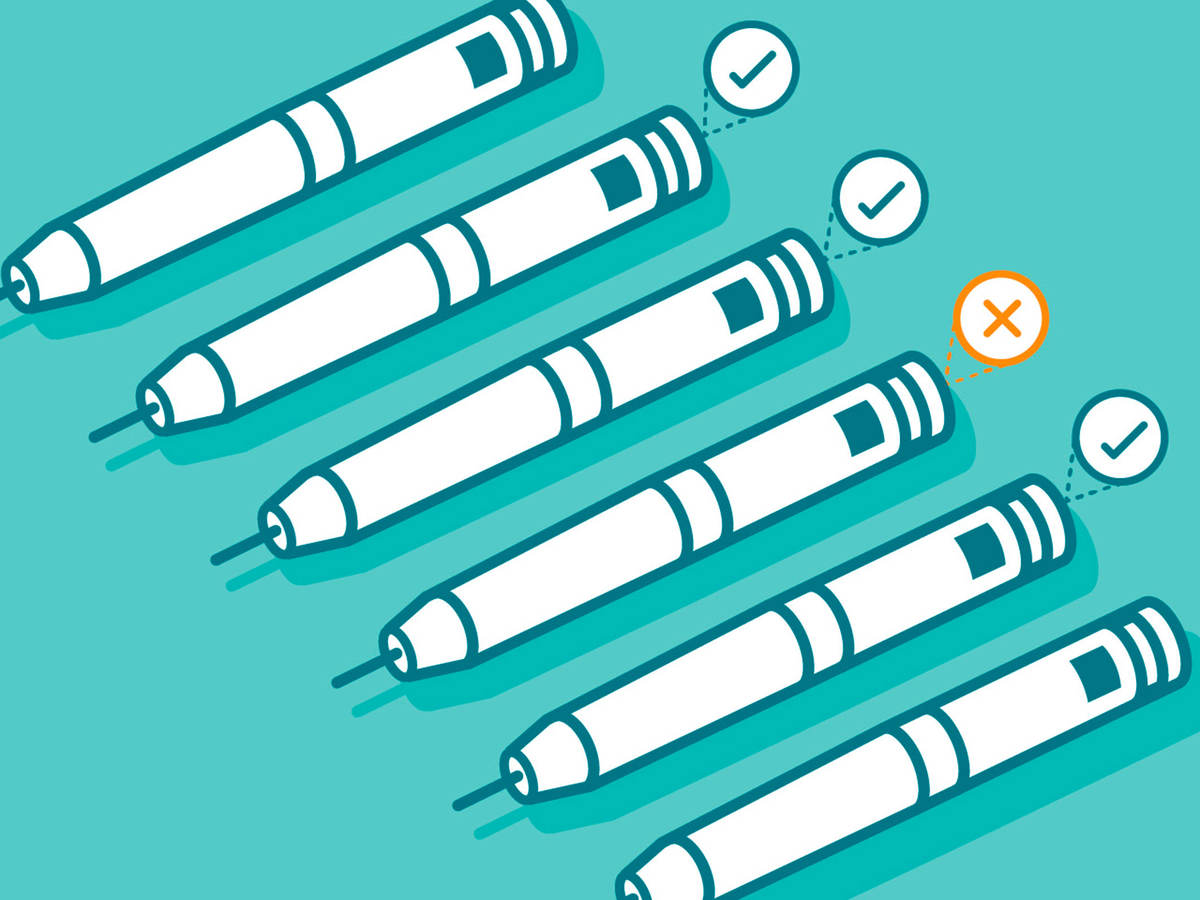October 20, 2021
There are some differences in how the US Food and Drug Administration’s (FDA) Center for Drug Evaluation and Research (CDER), focused on drug and combination products, and Center for Devices and Radiological Health (CDRH), focused on other medical devices, treat the definition of critical tasks for human factors (HF) validation tests.
As defined by CDER’s draft human factors engineering (HFE) guidance, Human Factors Studies and Related Clinical Study Considerations in Combination Product Design and Development (February 2016), “critical tasks are user tasks that, if performed incorrectly or not performed at all, would or could cause harm to the patient or user, where harm is defined to include compromised medical care.”
“Any” versus “serious” harm
Compared to the definition of “critical task “in the HFE guidance from CDRH, there is a single but very important word missing here. CDER’s definition focuses on any harm, whereas CDRH focuses on serious harm.
In conference presentations and feedback to sponsors, CDER suggests that manufacturers consider four main things when defining critical tasks, all related to harm or compromised medical care:
- Harm, which is specifically mentioned in the critical task definition. Be sure to consider harm to both the patient or user, such as a caregiver or healthcare professional.
- Dosing, such as dialing to the proper dose using a pen-injector.
- Administration, which might include the step of selecting the correct injection site.
- Urgency or time. In some cases, such as when administering epinephrine to treat a severe allergic reaction or naloxone to reverse an opioid overdose, drugs must be administered as quickly as possible to be effective.
CDER’s critical task definition indicates that compromised medical care is considered a type of harm, which means that partial and missed doses will be deemed critical, even if the drug itself might not be considered truly critical. It’s no question that administering the correct dose of any life-saving drug (e.g., insulin, epinephrine) is safety critical. But, one might argue that administering the correct dose of growth hormone or fertility medication is not safety-critical if harm to the user does not occur as a result of not receiving the dose--although it would be certainly undesirable. However, if a combination product can’t be used correctly for its primary function of delivering an intended dose of medication, FDA will likely be concerned.
Furthermore, based on CDER’s definition of critical tasks, tasks associated with low harm can still be critical, particularly those relate to dosing, administration and urgency or time. Therefore, be sure you include these items in your risk analysis and document them as critical.
Critical tasks and HF validation testing for combination products
Based on the critical task definition and four considerations outlined above, we find that most tasks in combination product HF validation tests end up being deemed critical, whereas a smaller proportion of tasks might be categorized as such for medical devices due to the focus on serious harm.
Another related CDER expectation we have seen recently is the expectation that HF validation tests thoroughly evaluate both critical and non-critical tasks, whereas for CDRH the priority is on critical tasks. The good news is that for most combination products, it’s feasible to have someone perform all tasks – or use steps – within a one- to two-hour test session, which is not possible with many complex medical devices.
Critical tasks and use errors
FDA is interested in identifying trends in product use, even for non-critical tasks, because a series of use errors or other interaction problems could suggest design shortcomings. Essentially, CDER seems to be looking for detailed data for all tasks, regardless of criticality, so they can fully assess a device’s use-safety and usability.
That said, it is still important to differentiate between critical and non-critical tasks in your protocol, thereby enabling FDA reviewers to focus on critical tasks if desired. List each task along with an indication of whether it’s critical and specific pass/fail criteria you will use to evaluate participants’ performance. Although you will document and report pass/fail at the task level, don’t confuse that with setting quantitative acceptance criteria for task performance. Your final analysis is focused on residual risk, not whether a specific percentage of participants did something correctly.
Andrea Dwyer is Associate Research Director at Emergo by UL’s Human Factors Research & Design division.
Additional HFE and usability resources from Emergo by UL’s Human Factors Research & Design team:
- Human factors analysis for medical devices, IVDs and combination products
- Human factors design and prototype development support
- Medical device, IVD and combination product evaluation
Request more information from our specialist
Thanks for your interest in our products and services. Let's collect some information so we can connect you with the right person.







